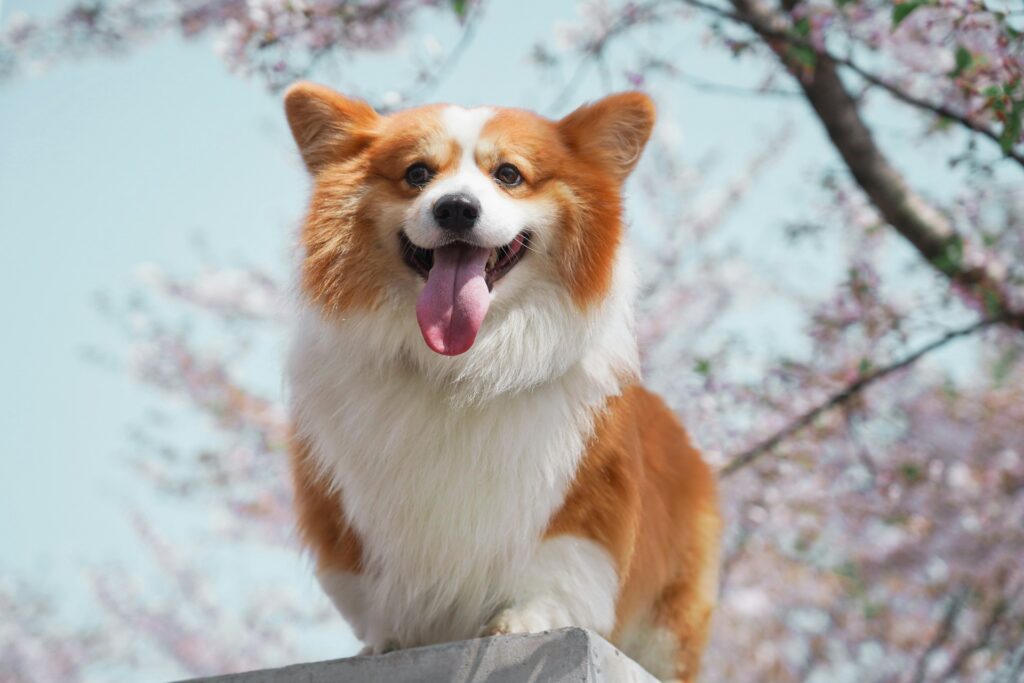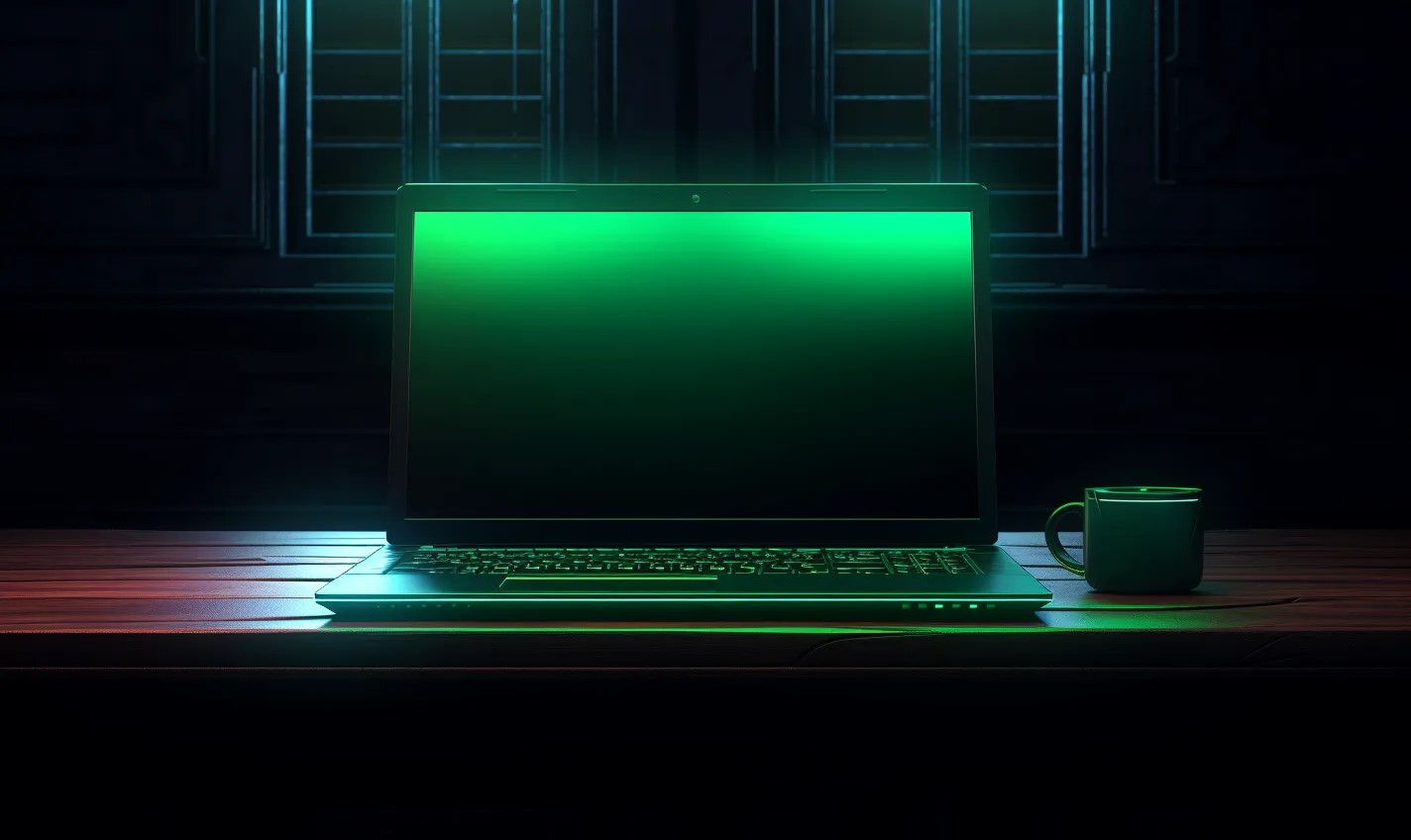AI-generated art is spreading through the internet like wildfire. Twitch streamers create entertaining content while journalists ponder AI creations through commentary and satire. Despite the widespread conversation, the trend has received a mixed reception.
Conversations surrounding art ownership and plagiarism are only a few of the concerns artists have as their work becomes compromised by AI art generators. Let’s analyze the debate about AI-generated art and whether there’s a resolution on the horizon.
The Diminishing of Human Accomplishment
Machine learning informs AI databases through vast and constantly updating streams of curated information. In the case of AI-generated art, these art directories include billions of images, from stock clip art to the most famous oil paintings on the planet.
With alternate text and metadata creating an even more specific categorization system among the dataset, the results of text-based AI-generated art request range from jaw-dropping to uncanny.
Because you can type phrases like “in the style of Van Gogh” or “the most beautiful [noun] in the world,” it will formulate a piece based on those keywords. Those keywords aren’t arbitrary — years of human influence and opinion reinforce them.
Therefore, AI can create art worthy of winning contests without the hours of labor and creative expertise it would typically require. Thus, AI-generated art could diminish the value of what humans have achieved so far as technology may incentivize “lazy” art generation instead of dedicating time to learning the craft.
Does this devalue independent artists and the greatest of all time simultaneously? It’s hard to tell this early in AI art’s renaissance.
The Ethics of Ownership and Adaptation
Since a dataset informs the art generations, there are several ethical quandaries humans have yet to answer:
- Who owns or can take credit for the generated piece — is it the AI, the most influential artist or an equally divided ownership of all the influences?
- Aren’t AI art generations considered plagiarism since they only create “new” art from found materials?
- Could AI art promote hateful, violent or inappropriate content from careless text entry, and how could artists respond if their art informed those pieces?
- Can artists opt out of informing AI art datasets to maintain 100% ownership of their work?
- Can any artist maintain 100% ownership of their work if it’s included in datasets?
- Are there concerns over copyright infringement?
Some argue the degree of influence of unknown artists and household names is equal in value. It’s because artist influence is the name of the AI art game — removing Warhol from the dataset wouldn’t matter because too many artists have been influenced by his work. Therefore, Warhol-inspired art would appear at near-equal quality and accuracy.
Every piece of AI-generated art is technically unique, though they are an amalgamation of information. Or, is it taking art and just changing a few details? Based on existing law, lawyers assume the text generator owns the art, whether it infringes on copyright law or not.
There are still countless unanswered ethical questions because generators like DALL·E 2 and Midjourney could have explicit terms and conditions — and sometimes pay-to-generate subscription business structures — but nobody has quelled every fear rising in artists’ minds.
The Livelihoods of Humans
Why would you pay an artist to decorate your living room when you could ask AI art generators for the perfect portrait to fit your niche aesthetic? Will artists become obsolete and jobless? Artists fear the answer to this query. Since generators only need a few taps of a keyboard to create mind-blowing art, it could lead to the death of artistry.
Creative jobs are already difficult to find and keep — with adequate compensation — so this could increase the ceiling. There is currently no compensation for inclusion in AI art-generating datasets. Businesses wonder if this is even possible, given the vastness of the net.
It’s too early in the advent of these apps to make solid determinations if they are harming artists’ pockets. Still, it will add to the more significant concern over robots stealing jobs.
Artists are crying out against AI art generators, claiming AI steals art and their livelihoods are at stake. Most fear AI uses pieces that solidify their livelihood for forgeries.
Defenders of AI art’s value state the pros outweigh the cons, as AI-generated art provides endless inspiration streams for creatively blocked artists. Or, it allows smaller artists to contribute to a more extensive well of knowledge that will change the world forever as humans adapt to living alongside AI. But does this mitigate the fact artist signatures are still appearing in AI pieces?
The Influence of AI-Generated Art
Now that AI art generators are commonplace, it’s unlikely they will disappear — more data will only make them more intelligent and accurate. More discussions will inform more laws and regulations regarding usage and copyright, flinging countries into a never-before-seen era of artistic law and ownership. The age-old question of what art is will only become more nebulous as AI-generated art becomes the norm.
Recent Stories
Follow Us On
Get the latest tech stories and news in seconds!
Sign up for our newsletter below to receive updates about technology trends














